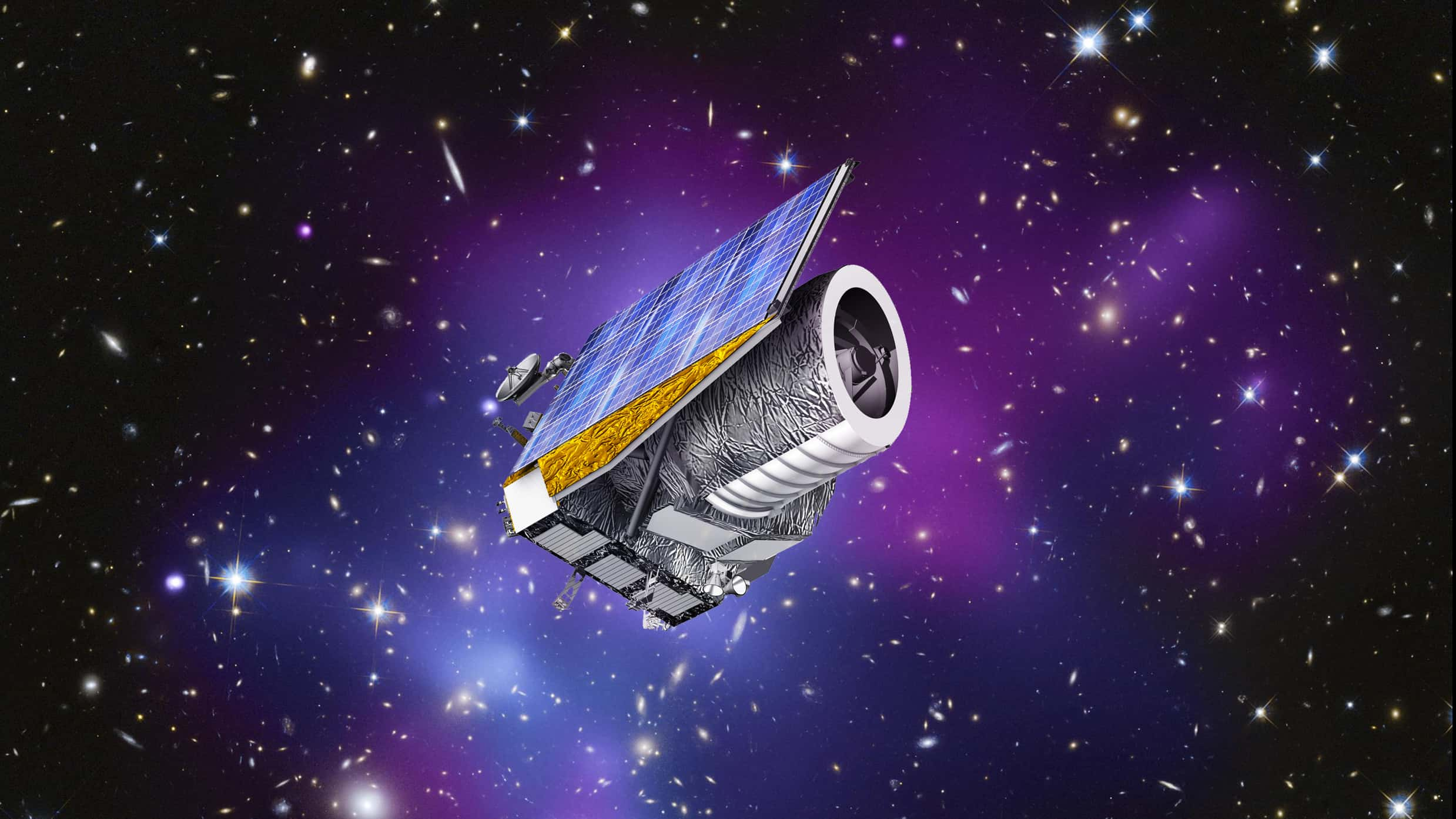This milestone will occur on November 7, and it marks the telescope’s first presentation of five stunning images capturing the distant cosmos in vibrant detail.

The Euclid Space Telescope images, a project by the European Space Agency (ESA), is set to unveil its groundbreaking full-color images of the universe, providing a captivating glimpse of the cosmos
Viewers worldwide can witness this extraordinary event live at 8:15 a.m. EST (1315 GMT) on Space.com, courtesy of ESA. These Euclid Space Telescope Images not only hold immense scientific significance but also promise to captivate our cosmic curiosity.
Launched in July on a six-year mission to explore the mysteries of the universe, the Euclid Space Telescope Images is now stationed approximately 1 million miles (1.6 million kilometers) from Earth, akin to NASA’s James Webb Space Telescope. Its primary objective is to construct a revolutionary 3D map of the dark universe, mapping out the shapes and distributions of billions of galaxies and star clusters up to 10 billion light-years away. The mission aims to unravel the enigmatic nature of dark matter and dark energy.
To achieve this ambitious goal, Euclid is equipped to capture a vast number of high-resolution images in both visible and infrared wavelengths, enough to fill a million DVDs. Its unique approach involves observing weak gravitational lensing, a phenomenon where foreground galaxies act as magnifying lenses for objects behind them due to their chance alignment. This distortion of light can reveal elusive dark matter particles, which scientists suspect are responsible for the gravitational lensing effect.
Examining galaxy clusters, scientists hope to gain insights into the behavior and nature of dark matter
Euclid Space Telescope Images, featuring countless stars and distant galaxies, have provided a taste of its capabilities. The forthcoming Euclid Space Telescope Images will not only enchant viewers but also assure scientists that the telescope is functioning as anticipated, marking a significant step toward its six-year data collection mission. Roland Vavrek, Euclid Space Telescope Images’s deputy project scientist, expressed readiness for the mission’s next phase, emphasizing the importance of this remarkable endeavor.
READ ALSO: Innovative Solution To Address The Space Junk Problem With An Electrostatic Tractor Beam




